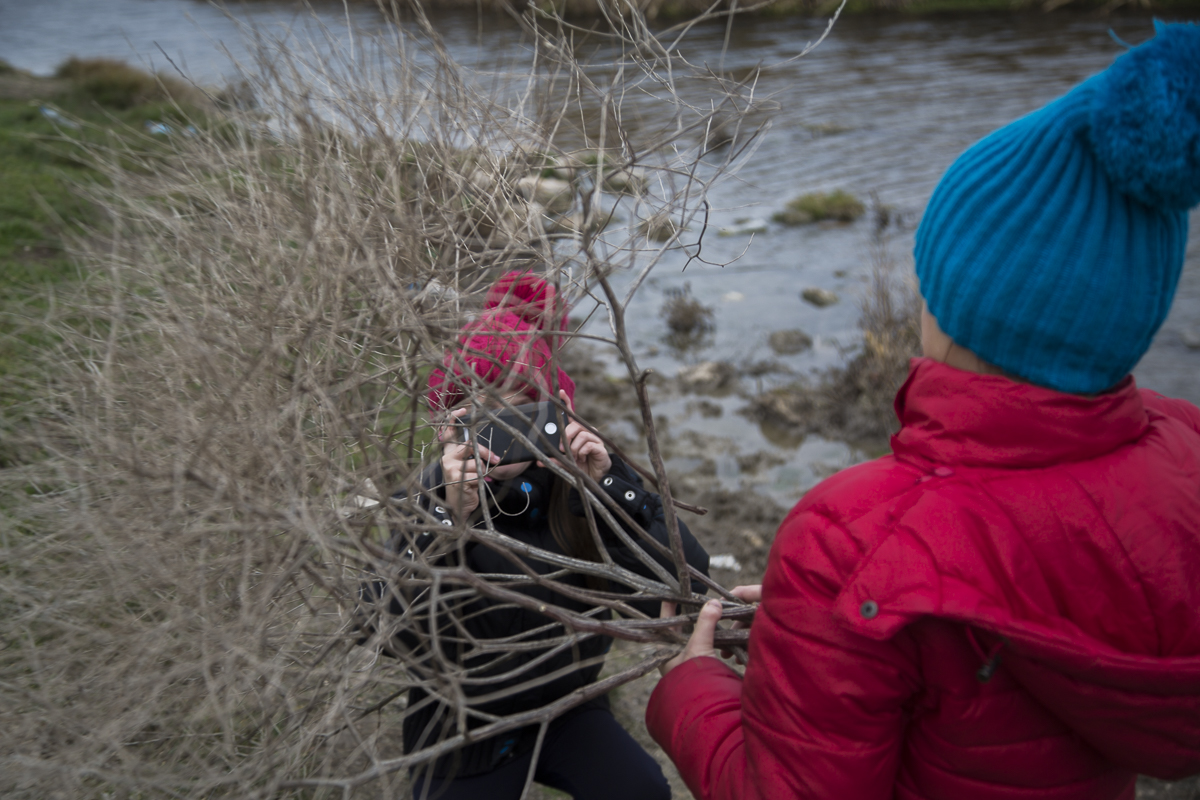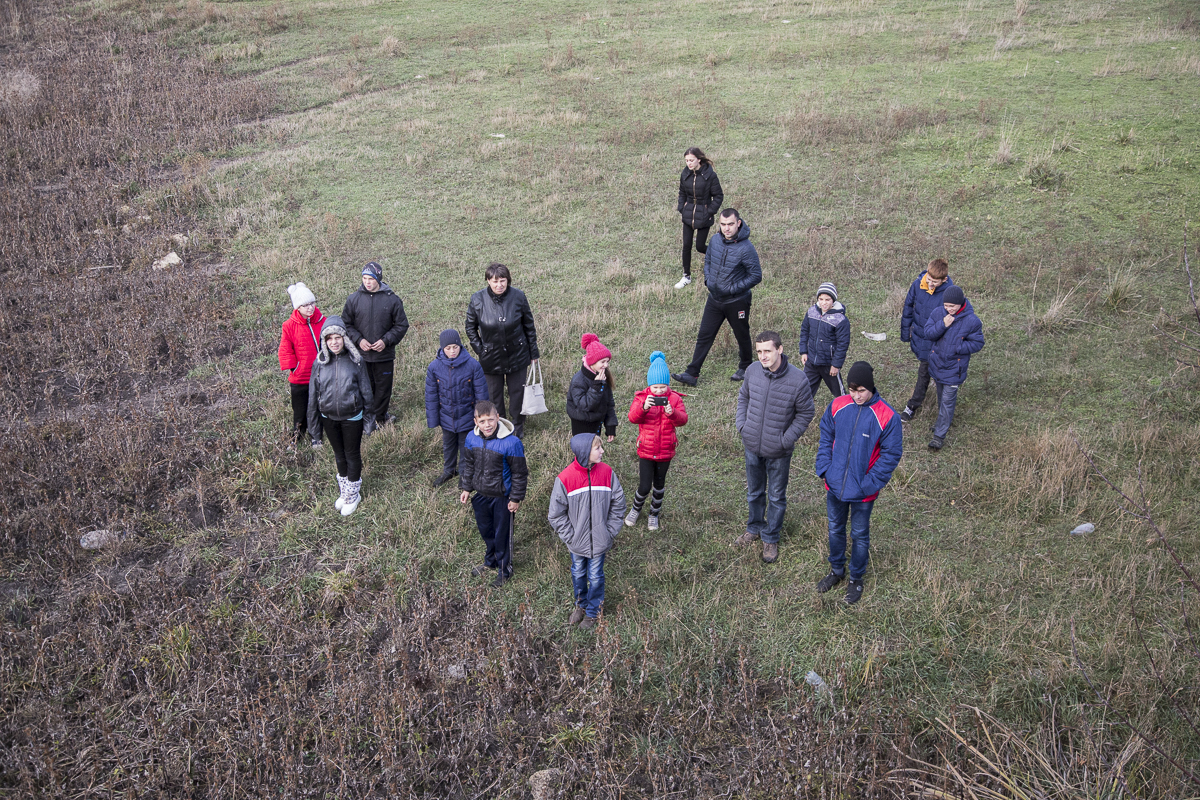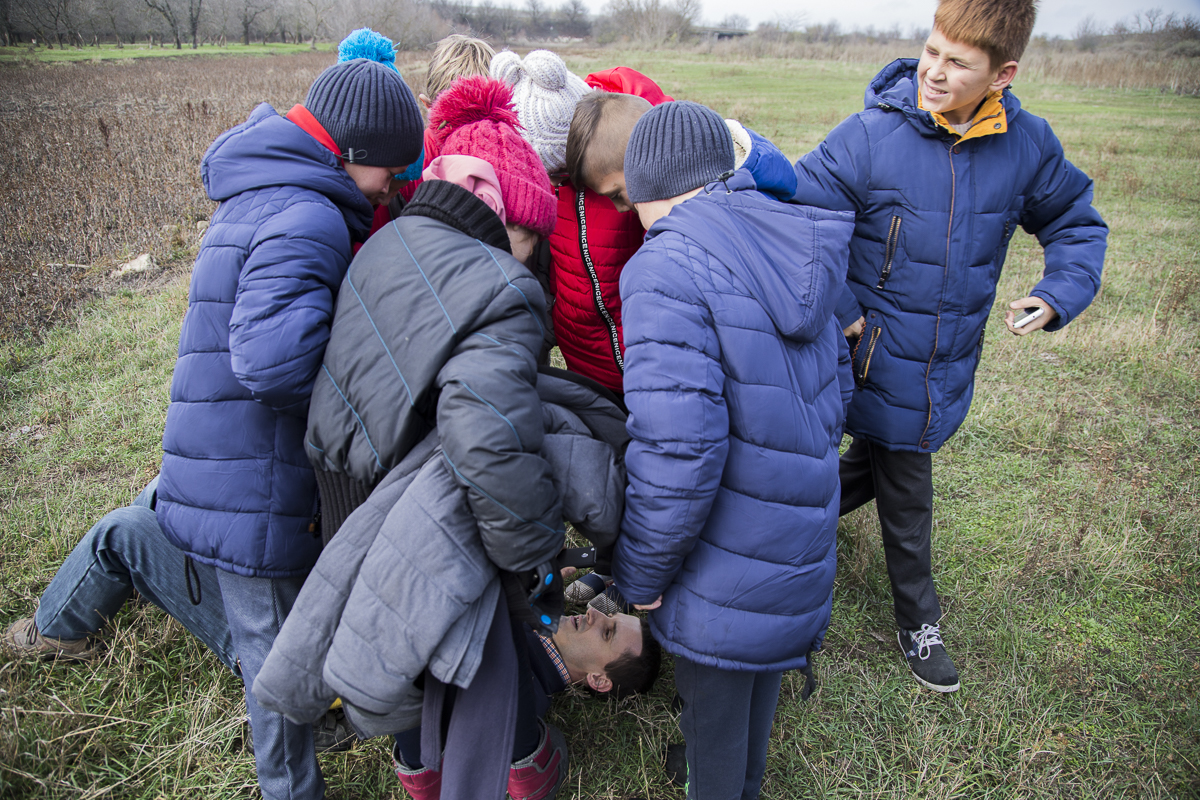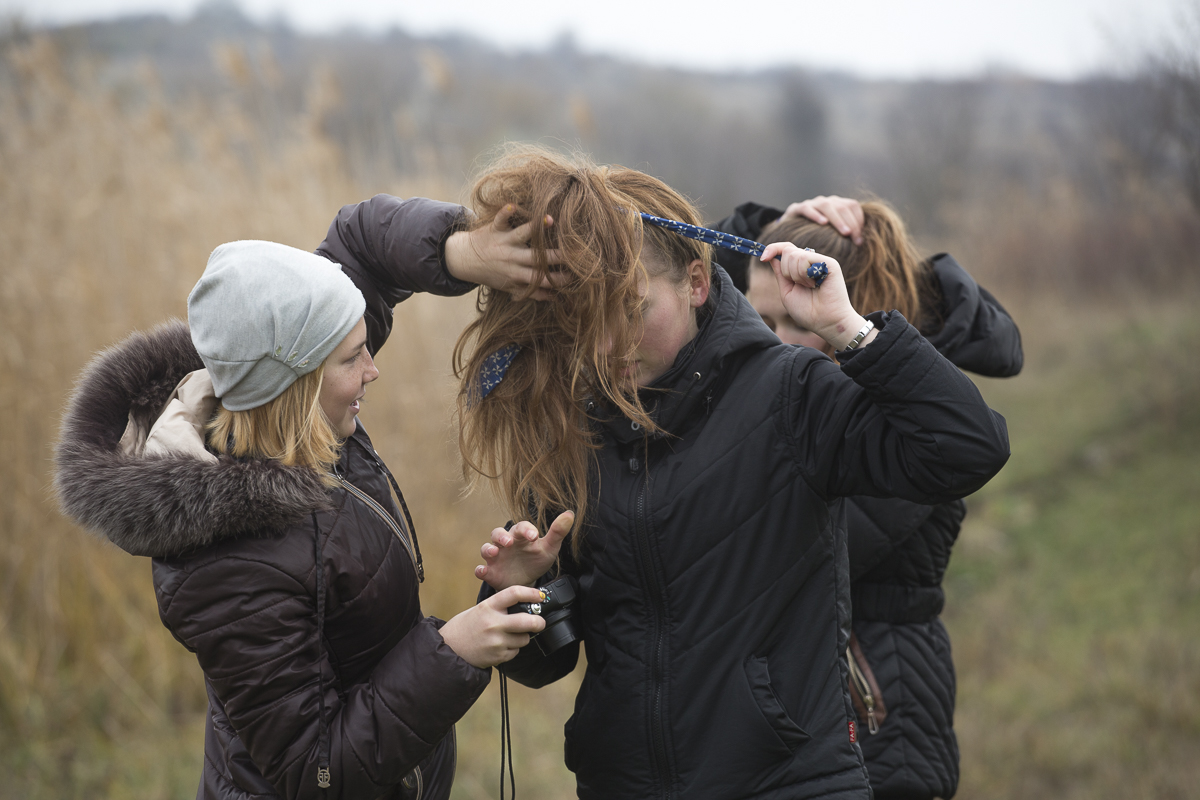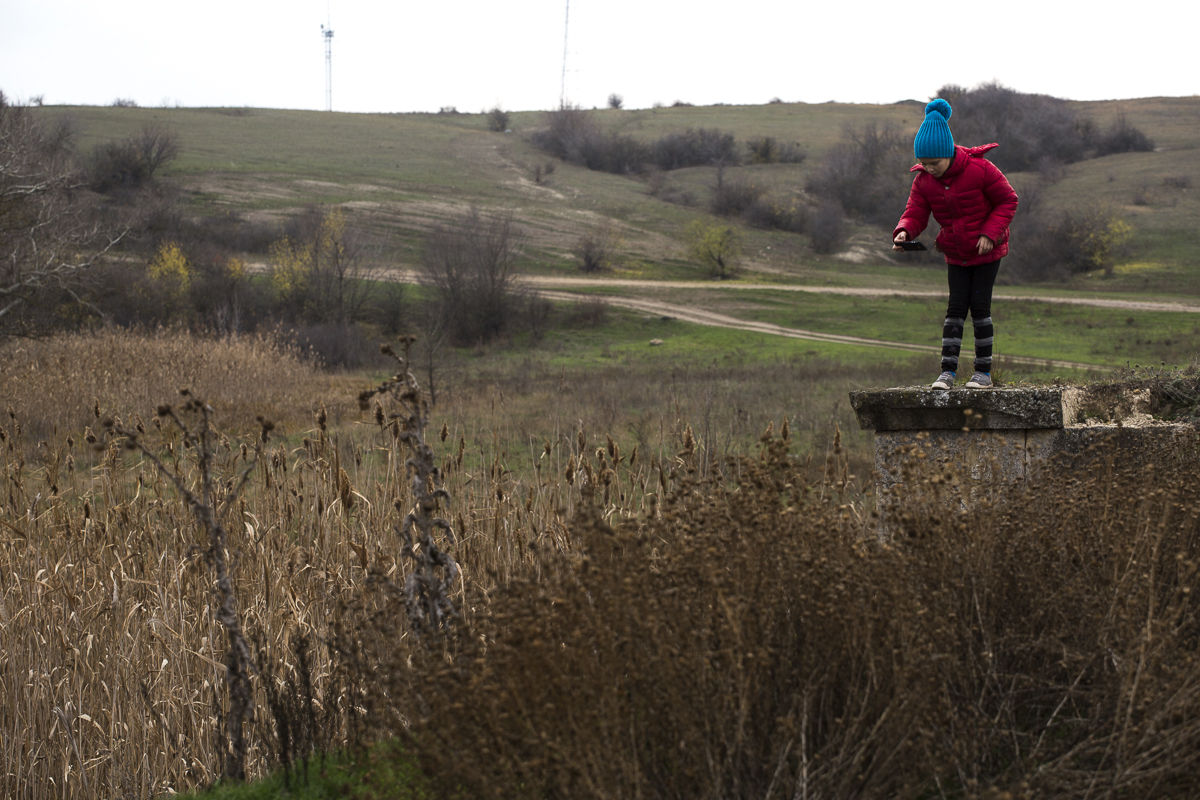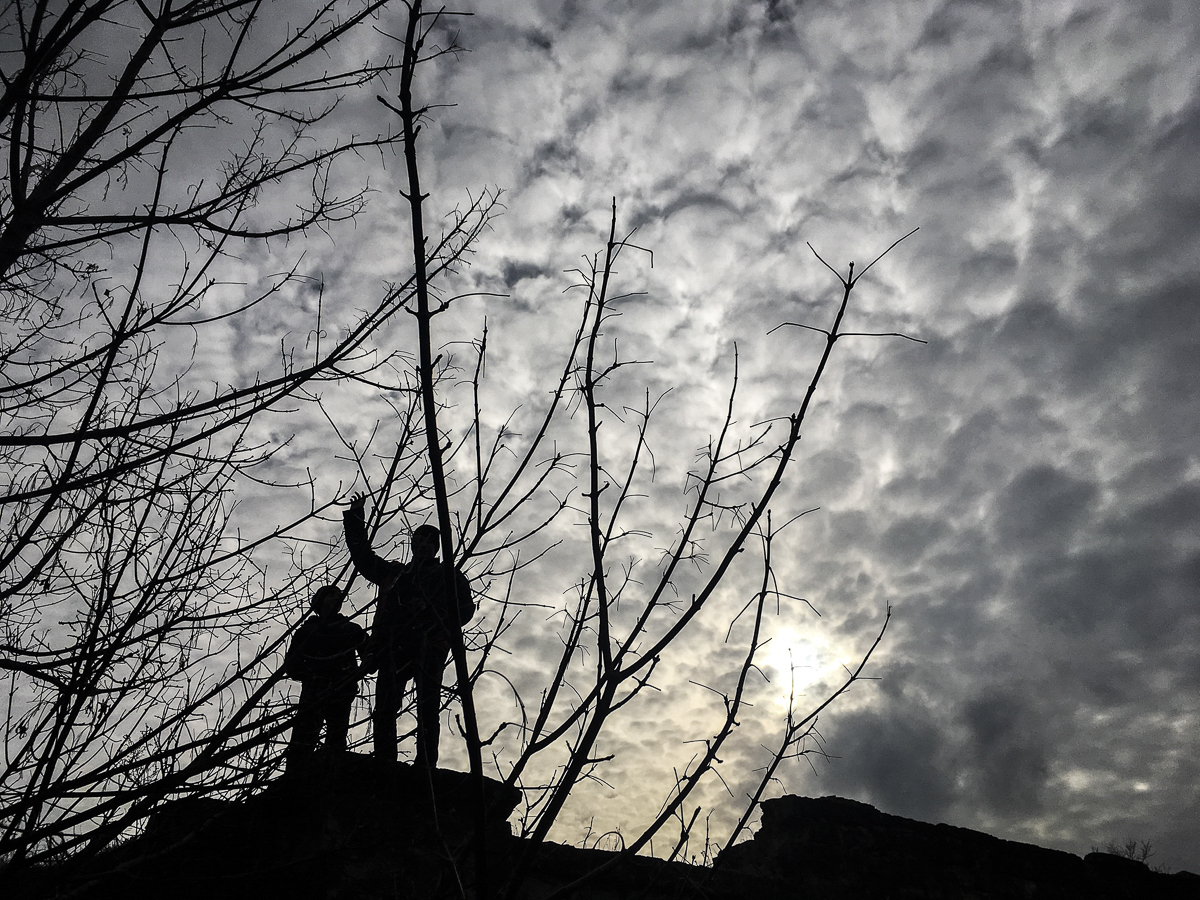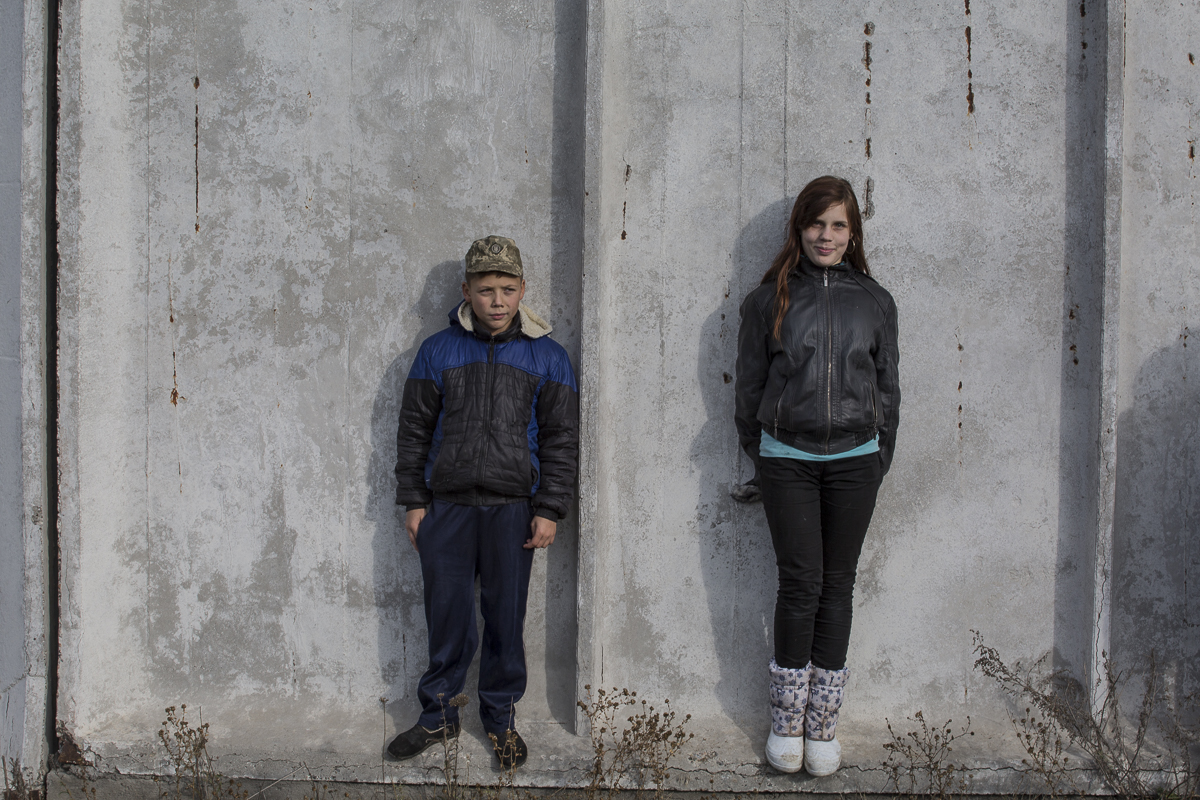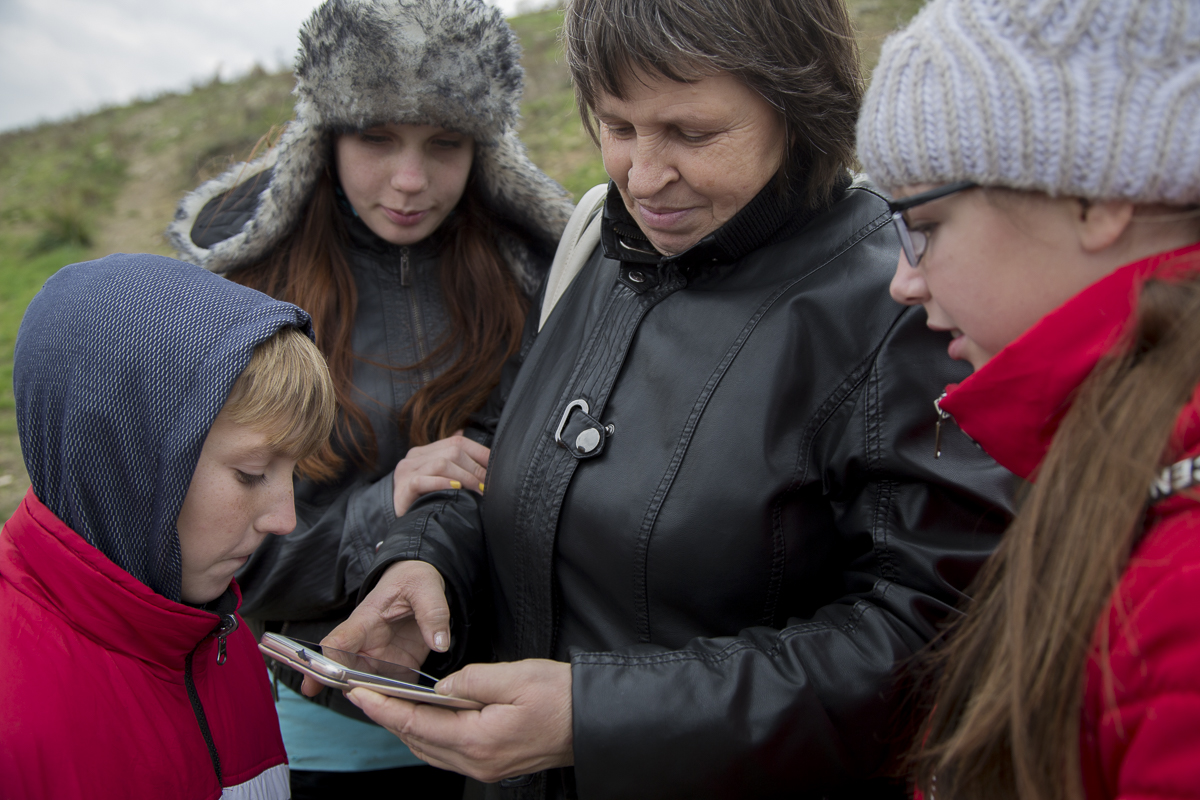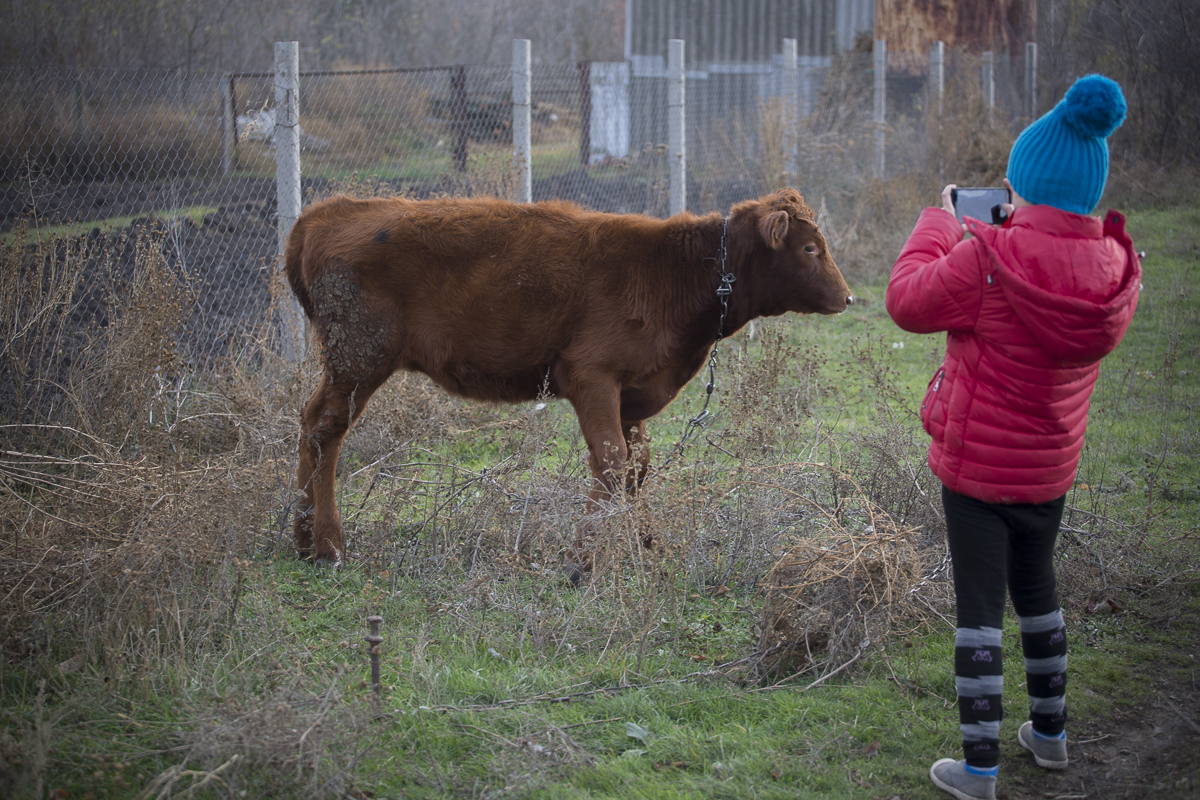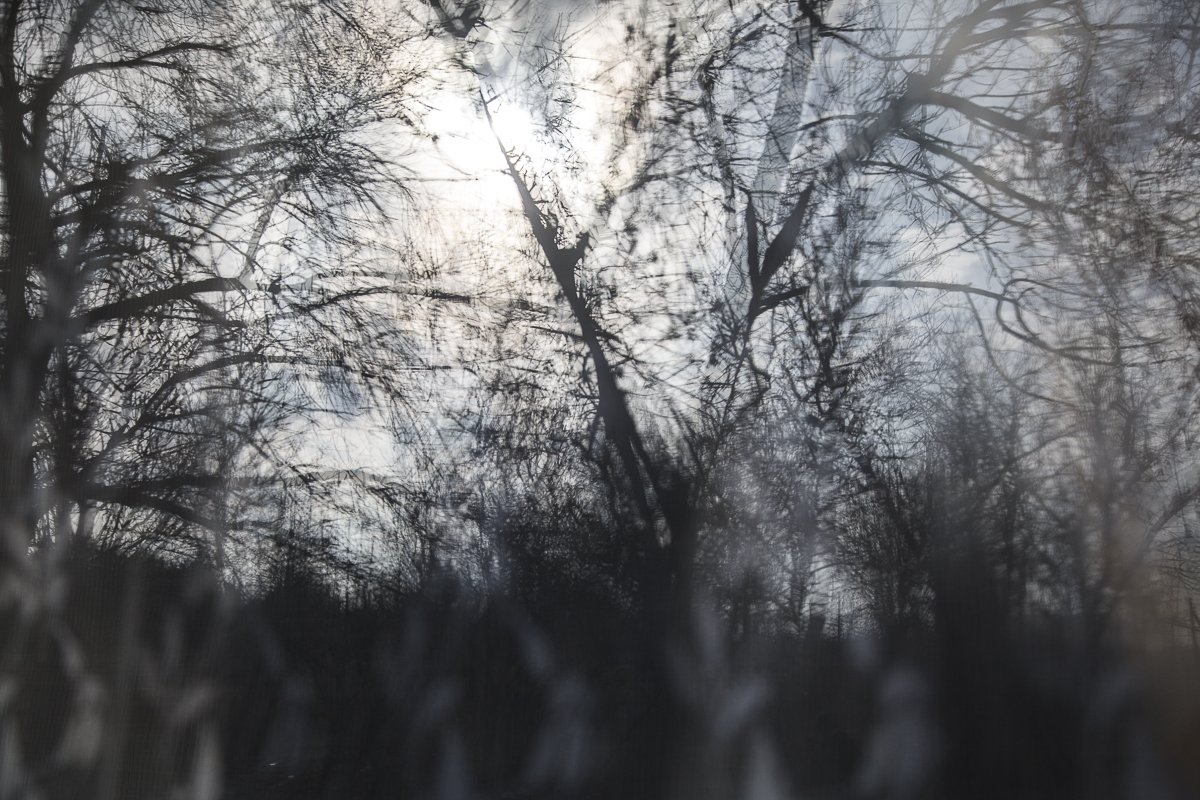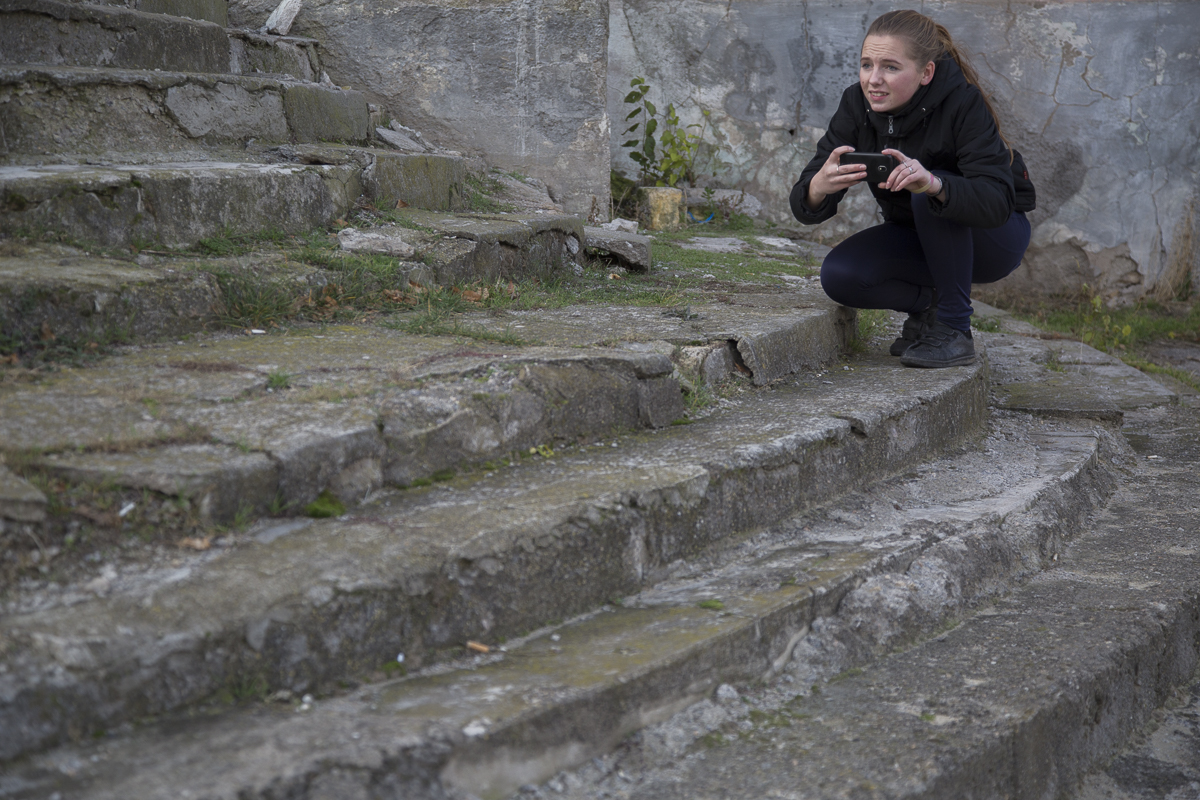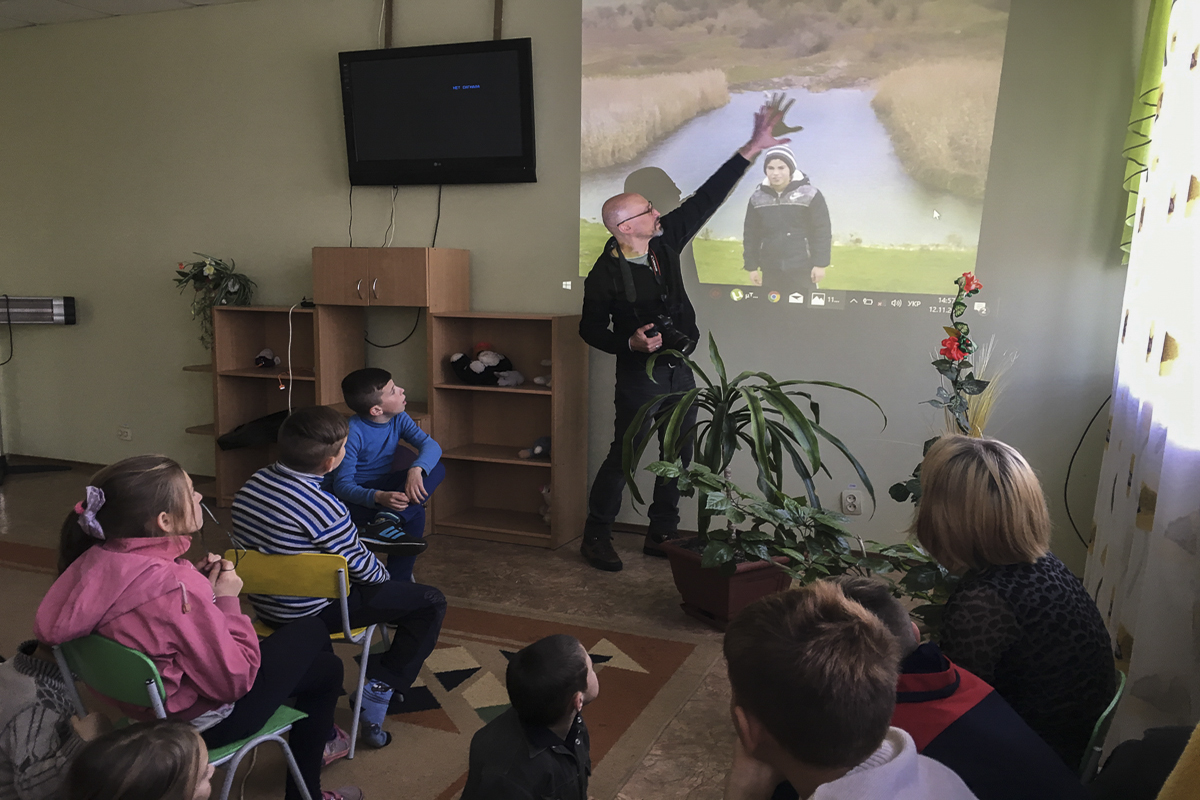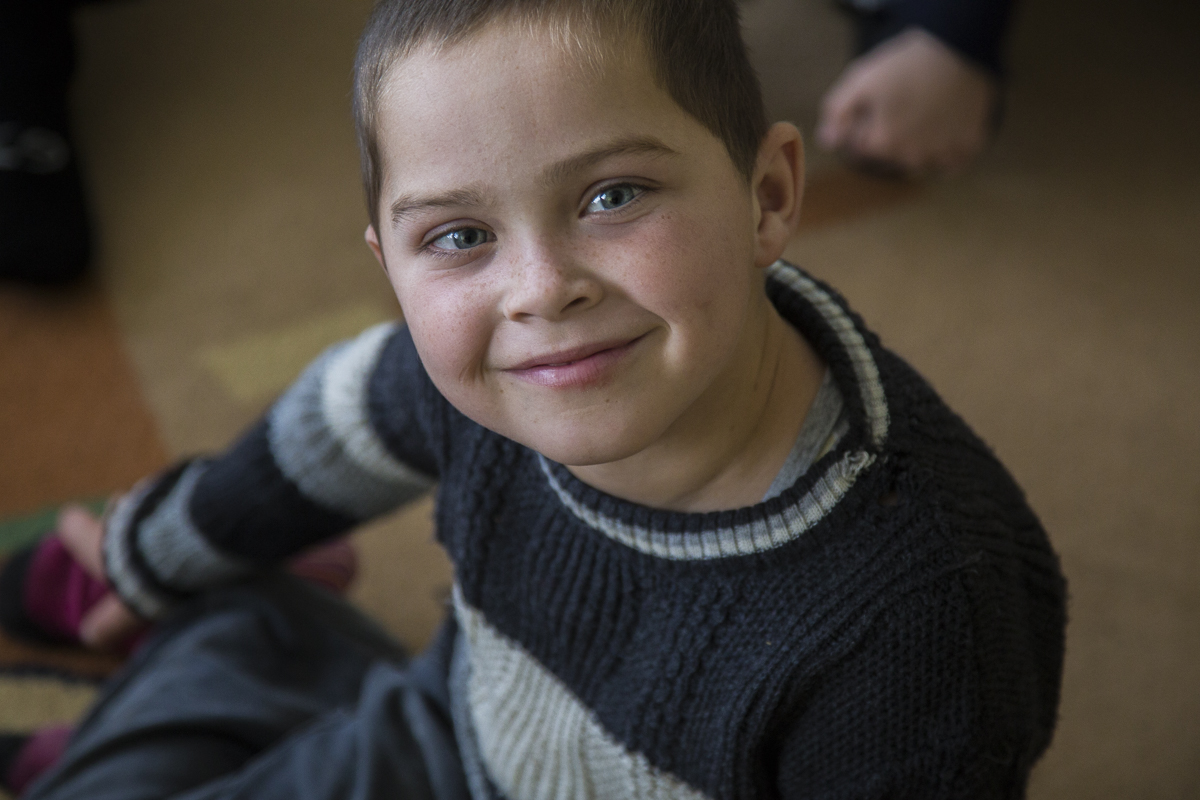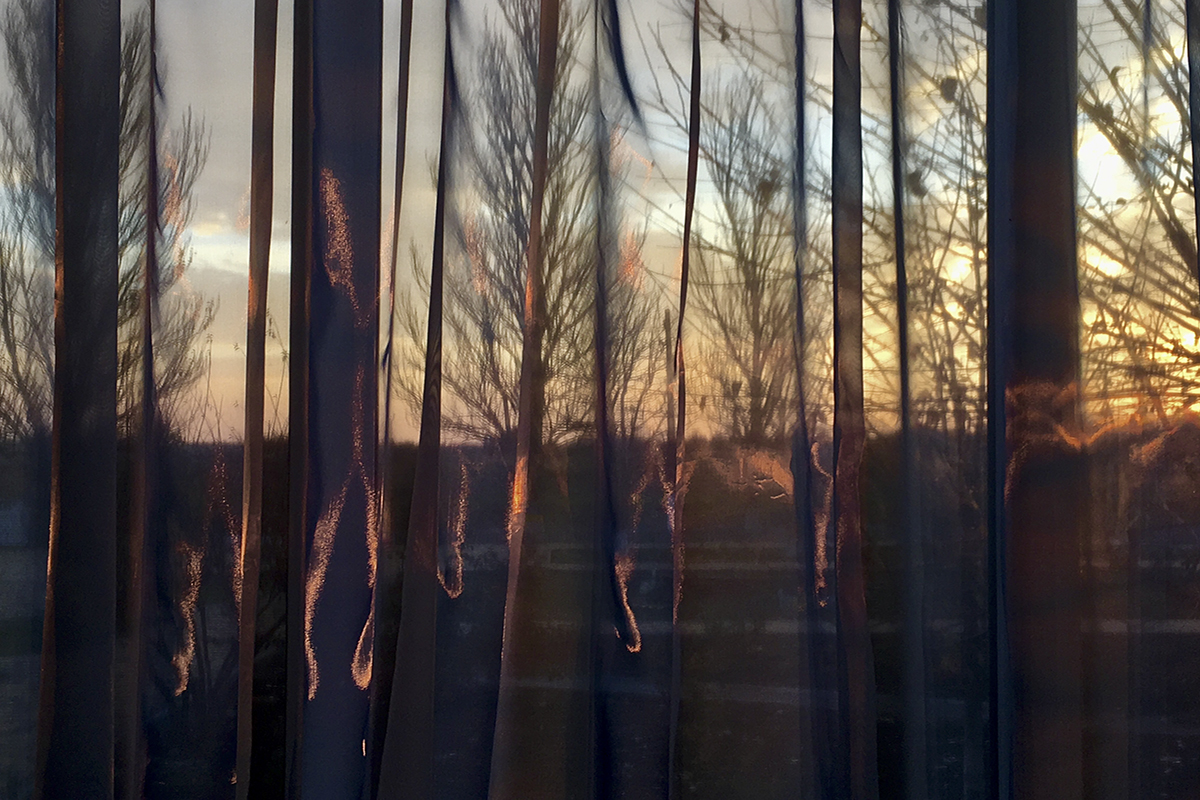by Mark Isaac
The latest Museum of Modern Art survey of contemporary photography has just opened, and as the accompanying New York Times article reveals, it is a striking departure from the last show two years ago. Rather than simply look at promising new photographers, the show focuses in on a broad theme, which in itself seems more appropriate. But the most striking difference is the turn back toward photography that embraces a discussion of the human condition -- and importantly, an element of humanism.
I personally have no beef with artists who choose to interrogate the image itself, and with an estimated 1.3 trillion photos taken in 2013, it may be particularly incumbent on photographers to understand those images and to make reasonable determinations as to when the provenance of new images is most appropriate. I think it is very fair to say that, at this particular moment in time, new images may be most important to make when they can contribute meaningfully to a better understanding of human relations and to bringing people together. In this way, the MOMA show (which I will likely not see, given my current sojourn in Europe) may be timely and point us in a useful direction.
In fact, it is precisely in this direction that Atlantika Collective was aimed when it formed several years ago. Members made fundamental commitments to help each other finish projects, to be collaborative, to be transparent about our process, and perhaps most important of all, we added this line to our mission: "We believe in social responsibility, community, and nurturing a contemporary humanism through art."
I personally will, at times, continue to investigate photography itself, to ask a broad range of questions, and sometimes, to make (new and/or appropriated) images just for fun. But along with my fellow Atlantika Collective members, I do not plan to turn away from humanism, particularly at a moment when the politics and the culture demand it more than ever. If the Museum of Modern Art now calls it a trend, we warmly embrace that. Read for yourself, and tell us what you think:
https://www.nytimes.com/2018/03/09/arts/design/museum-of-modern-art-being-new-photography.html
And a brief P.S.: The article notes that all 17 photographers in the show are under 45. I have a quarrel with the connection made by many, particularly in the art world, between youth and innovation, and I intend to do my utmost to help disprove this persistent myth. There are so many examples of artists innovating into their later years, and we should call out this mind set for what it is: a detestable ageism. Let's hold with the talons of an eagle onto the idea that you're never too old to get crazy.


